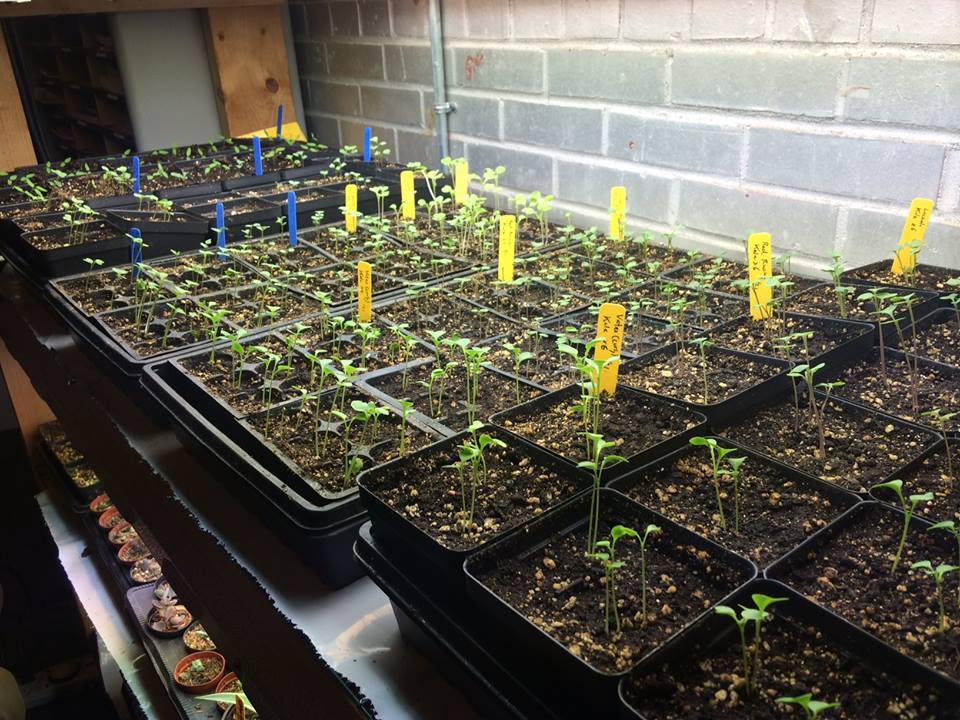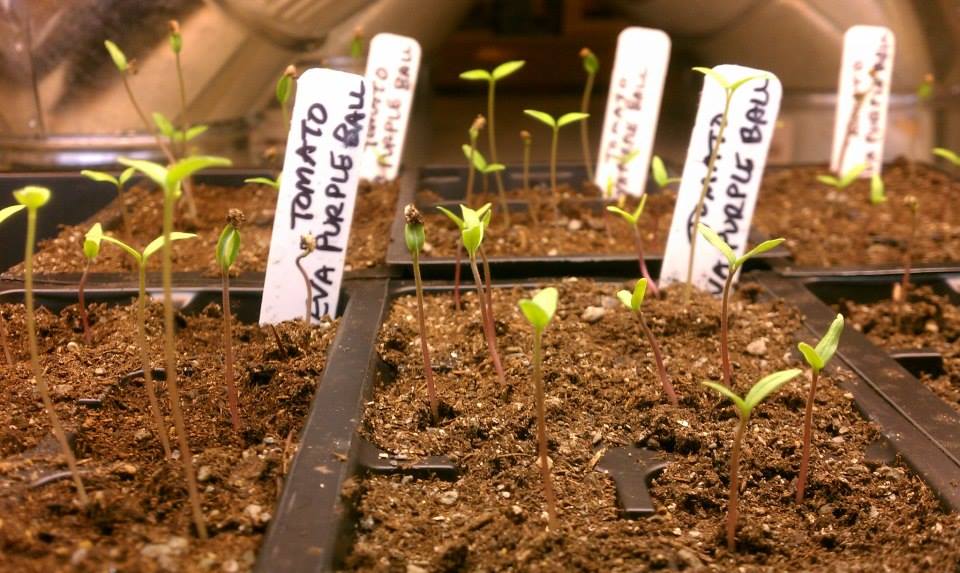 It’s seed starting season again for those of us in the southeast part of the country. At this time of year, you should be drooling over the seemingly infinite selection of vegetables, herbs and flowers in the horde of seed catalogs arriving in your mailbox. Keep in mind, you can buy many of those seeds at your local garden center. I know they’ll appreciate your business and offer some great advice, if needed.
It’s seed starting season again for those of us in the southeast part of the country. At this time of year, you should be drooling over the seemingly infinite selection of vegetables, herbs and flowers in the horde of seed catalogs arriving in your mailbox. Keep in mind, you can buy many of those seeds at your local garden center. I know they’ll appreciate your business and offer some great advice, if needed.
Now, about seed starting. While you can start some seeds indoors, other plants are best direct sown. Root crops, in particular, should be direct sown. Starting your seeds indoors will give you a month or two jump on getting your plants started.
Here are some helpful tips:
START YOUR SEEDS AT THE RIGHT TIME
The first thing you need to know is the average last frost date in your climate zone. Once you know that, take a look at the back of your seed packet. It should tell you how many days the variety needs to germinate. Now backtrack from the last frost date the listed number of days to determine when to start your seeds. Some seeds will need a 12-week head start, while others may only need a few weeks. Make a notation of this date on each seed packet and add a reminder on a calendar or your cell phone.
USE THE RIGHT STARTING MEDIUM
Seeds germinate best in good, soil-less seed starting mix that contains peat moss, coir, perlite and/or vermiculate. I have personally found just coir (coconut husk fiber) to work quite well, and it’s inexpensive. Potting soil mixes are too dense, hold too much moisture, and don’t allow enough oxygen to the roots, which can promote fungal diseases. Keep your seeds moist, but not wet. Exceptions are vegetable greens, which do just fine in wetter soils. I like to water from the bottom up by pouring about 1/2 inch of water into the tray and letting the soil wick it up. From the top, a pump spray bottle works best for watering.
Make sure you label each seed variety so you know what they are later on, and make sure to find out which ones work best in your area.
KEEP THE TEMPERATURE RIGHT
Seeds germinate best at soil temperatures between 65 and 75 degrees F. Some exceptions include some cooler weather crops like spinach and lettuce, which will germinate down to 40 degrees F.
Good air circulation is a must to keep diseases down and strengthen the plants. Invest in a small fan if you don’t have one.
HOW MUCH LIGHT
Starting seeds on a windowsill does not work. If you do this, you will get weak, spindly seedlings. Invest in a good grow light setup if you’re serious about indoor seed starting. If you use fluorescents, get HO (high output) T5 light fixtures. Keep them 6″ above the plants and set them on a timer to be on for 14-16 hours every day. If you’re starting tomatoes or peppers, you can leave the lights on 24/7 until they get started.
MAKE THEM TOUGH
Young seedlings need to be “hardened off” before they are moved permanently outdoors to avoid plant shock. Find a spot outdoors away from intense sun and harsh winds to park your youngsters, seven to ten days before you plan to plant them. Take them out in the morning and bring them back in by late afternoon. You can increase their time outdoors each day to acclimate them to being outside.
WHEN TO PLANT
After the 7-10 day period of “hardening off,” use the first calm, overcast day to plant your babies outdoors. Pay attention to the last frost date. You don’t want to take a chance on exposing your seedlings to a frost, especially after you’ve spent so much time nurturing them. Also keep in mind that average frost dates are not reliable. Keep a frost cover handy just in case you get a late frost.

Have you picked your seeds out yet? Get going!

Leave a Reply